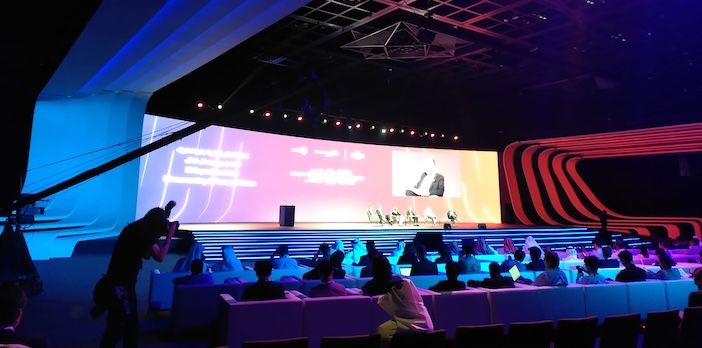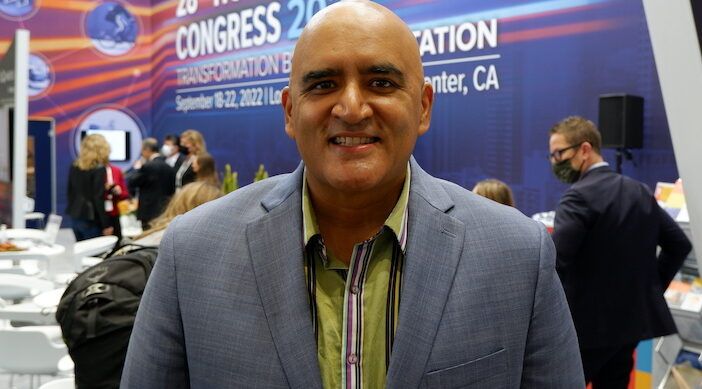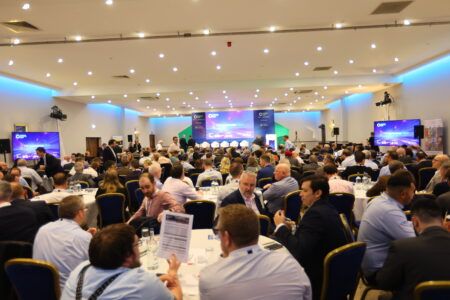At the opening of day three of the 30th ITS World Congress in Dubai, Shailen Bhatt delivered a powerful keynote address focused on the critical role of technology in enhancing safety and sustainability in transportation systems.
“I am a firm believer that within our lifetime, we can use technology and artificial intelligence as key tools to achieve our objective: Goal Zero – zero injuries and fatalities worldwide,” said Bhatt.
With AI, CCAM, augmented reality, and smart infrastructure, he believes that this goal is possible, and that the ITS community can achieve it.
“A Department of Transportation exists for two reasons: to save lives and to improve the quality of life for people,” said Bhatt.

With traffic fatalities exceeding 40,000 annually in the USA, he highlighted AI’s potential to foster intelligent solutions, by analysing crash data effectively; “By deploying AI tools at scale, we can analyze why crashes are occurring – whether it’s the built environment, speed, or vehicle conditions – and work to prevent them.” This approach aims to understand the causes of accidents and develop strategies to mitigate risks.
He drew attention to climate change, and the new pressures it is putting on the transport system, while underlining the need to update physical and digital capabilities: “We are dealing with an infrastructure system primarily designed in the 20th century, facing the challenges of the 21st century climate. The reality of climate change requires us to rethink our infrastructure strategies and invest in smarter, more adaptive systems.”

Additionally, Bhatt discussed the role of digital tools in disaster preparedness: “With digital tools, we can model flood risks and improve evacuation routes, enhancing safety in urban areas during hurricanes and other emergencies.” These innovations are vital for public safety amid increasingly unpredictable weather patterns.
In closing, he said, “I have never been somebody who says let’s use technology for the sake of technology. No, let’s use technology as a tool to achieve better for humanity – especially the idea that we can use AI to reduce emissions from our transportation system. That means also making our communities more livable, because too many of them are becoming victims of choices we’ve made in the past.”





